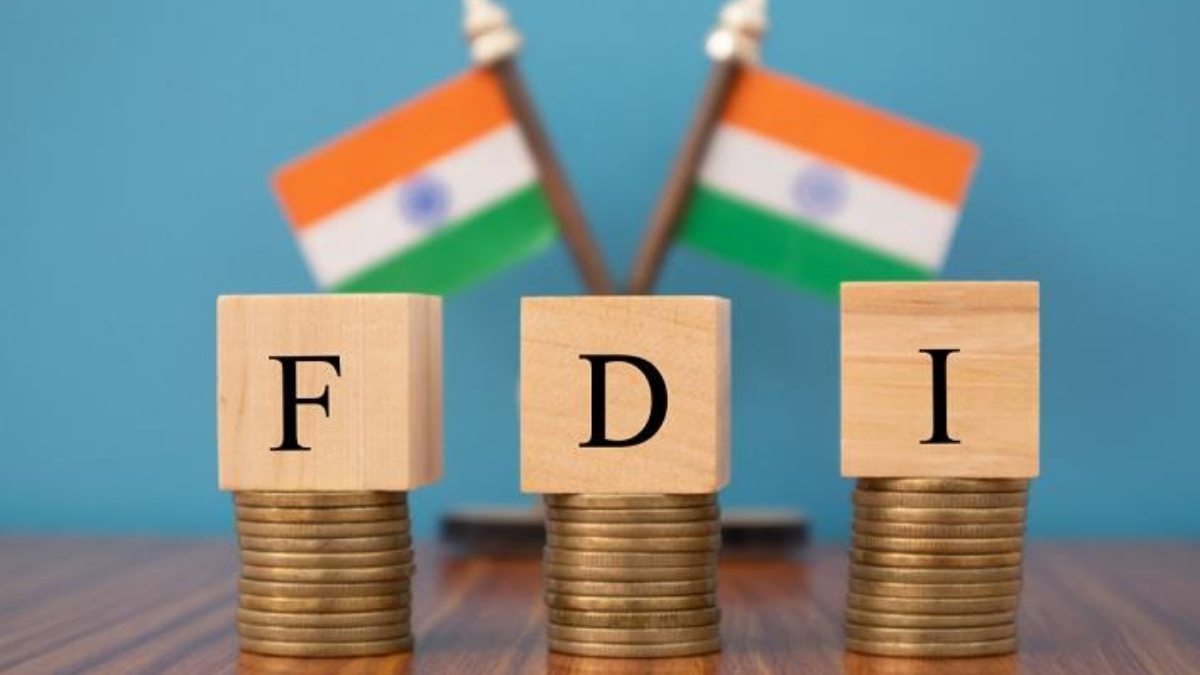


These days, Fixed Deposits (FD) remain one of the most popular and reliable investment tools. Whether you’re a seasoned investor or just starting your journey, understanding the nitty-gritty of FD interest rates is crucial. It empowers you to make informed decisions, ensuring that your money works for you efficiently.
Before diving into the calculations, let’s quickly touch upon the basics. A Fixed Deposit is a financial instrument offered by financial institutions where you can deposit a lump sum amount for a predefined tenure at a fixed interest rate. The primary allure of FDs is the guaranteed returns they offer, making them a preferred choice for risk-averse investors.
The heart of any FD is its interest rate. The interest rates determine how much you’ll earn from your investment at maturity. Higher rates mean better returns. But how is this interest calculated? That’s what we’re here to explore.
Simple Interest: This is calculated only on the principal amount or on that portion of the principal that remains unpaid. It’s a straightforward method and can be expressed using the formula:
Formula for Simple Interest = Principal×Rate×Time/100
Where:
Principal = Initial deposit amount
Rate = Annual interest rate
Time = Duration of the FD in years
Compound Interest: Here’s where things get a bit more complex. Compound interest is calculated on the initial principal and the accumulated interest of previous periods of the deposit. Essentially, your money earns interest on interest. Financial institutions might compound interest quarterly, half-yearly, or annually.
Formula for Compound Interest=Principal×(1+ Rate/n )^ n×Time −Principal
Where:
Principal = Initial deposit amount
Rate = Annual interest rate
Time = Duration of the FD in years
n = Number of compounding periods in a year
Many financial institutions and third-party websites offer an ‘FD calculator’ to simplify this calculation process. Here’s why it’s a game-changer:
● Accuracy: Manual calculations can lead to errors, especially with compound interest. The calculator ensures precision.
● Time-Efficient: No need to crunch numbers. Just input your details and get results in seconds.
● Flexible: Want to see how different FD interest rates affect your returns? Or how varying tenures impact the outcome? The FD calculator allows for easy adjustments, providing instant insights.
● Input Principal Amount: Enter the amount you wish to deposit.
● Select Tenure: Choose the duration you plan to keep your FD in the account.
● Enter FD Interest Rate: Input the rate your bank or Non-Banking Financial Company offers. Some calculators have built-in functions that allow them to select the rate set for a given tenure and amount.
● Choose Compounding Frequency: If the calculator offers this feature, select how frequently the interest is compounded – quarterly, half-yearly, or annually.
● Get Results: After filling in the required fields, the calculator will display the maturity amount (Principal + Interest).
Now that we have the basics in place, it’s essential to delve deeper into How these FD interest rates are determined. Your returns are contingent on these rates, making it crucial for you to understand the dynamics behind their determination.
Understanding FD interest rates and their calculations is not just about numbers. It’s about optimising returns, being aware of your investment’s growth trajectory, and ensuring your financial goals are met. Whether you’re calculating manually or using an FD calculator, the aim remains the same: to be in control of your investments.
With their promise of assured returns and the safety net they offer, FDs remain an indispensable tool in any investor’s portfolio. By mastering the art of calculating returns, you’re not just making an investment; you’re sculpting your financial future with precision.